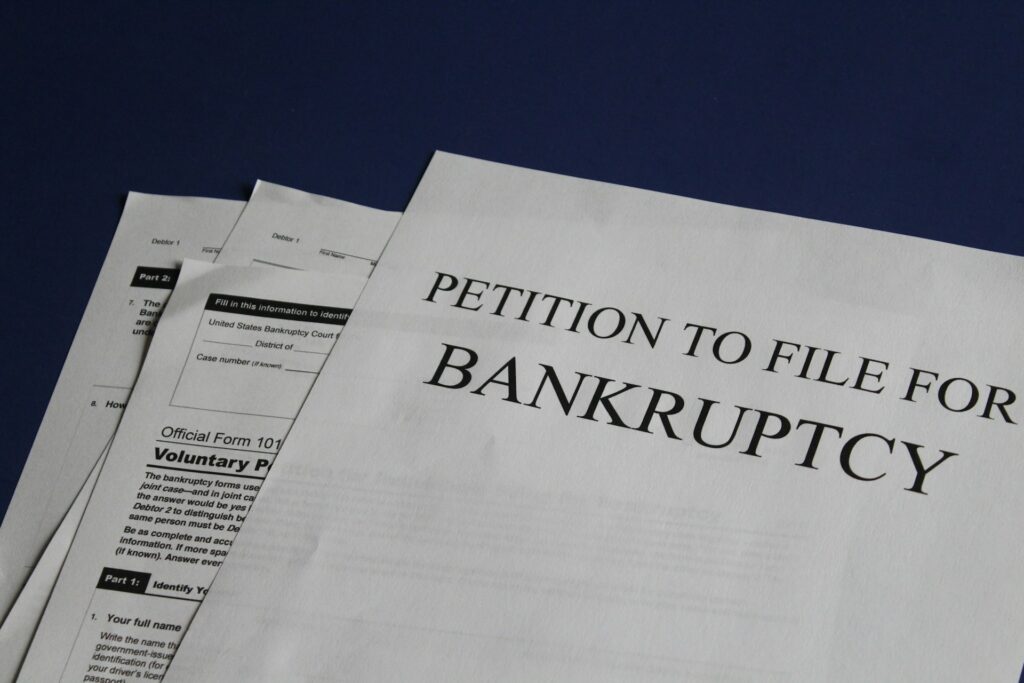Navigating the Maze: Unraveling the Intricacies of Bankruptcy Law

Bankruptcy law, often considered the financial safety net in times of economic turmoil, is a complex web of legal frameworks designed to provide individuals and businesses a chance to recover from overwhelming debt. From Chapter 7 liquidation to Chapter 11 reorganization, the bankruptcy process is a multifaceted journey that involves careful planning, legal expertise, and a thorough understanding of the intricate mechanisms that govern financial distress.
Chapter 7: Liquidation and Fresh Starts
One of the most common chapters under bankruptcy law is Chapter 7, which involves the liquidation of assets to pay off creditors. This form of bankruptcy is often sought by individuals facing insurmountable debts with little hope of repayment. While it may seem like a drastic measure, Chapter 7 provides a fresh start by wiping out most unsecured debts, allowing individuals to rebuild their financial lives without the burden of overwhelming obligations.
The Automatic Stay: A Breather Amidst Financial Chaos
One of the immediate benefits of filing for bankruptcy is the imposition of an “automatic stay.” This legal provision halts all collection activities, including creditor harassment, repossessions, and foreclosures. The automatic stay serves as a breathing space for debtors, giving them the opportunity to regroup and plan their financial future without the constant pressure of impending legal actions.
Chapter 13: Reorganization and Debt Repayment Plans
For those with a steady income who wish to retain their assets and repay their debts over time, Chapter 13 offers a structured reorganization plan. This chapter allows individuals to create a feasible repayment plan spanning three to five years, often resulting in reduced monthly payments and the possibility of retaining valuable assets such as homes or vehicles. Chapter 13 provides a more controlled and systematic approach to debt resolution, offering a lifeline to those who have the means to recover with a bit of financial restructuring.
Chapter 11: Business Reorganization
While Chapter 13 is tailored for individuals, Chapter 11 is the go-to option for struggling businesses. This chapter allows companies to continue operations while developing a plan to restructure and repay debts. Renowned for its flexibility, Chapter 11 is a tool for corporate giants and small businesses alike, offering a chance for financial revival through renegotiation of contracts, downsizing, or asset sales.
The Role of Bankruptcy Courts and Trustees:
Bankruptcy proceedings involve navigating the waters of specialized bankruptcy courts and engaging with court-appointed trustees. These professionals play a pivotal role in overseeing the process, ensuring that it adheres to the applicable laws and regulations. Trustees, in particular, act as impartial overseers, managing the distribution of assets and facilitating communication between debtors and creditors.
Conclusion:
Bankruptcy law, while often associated with financial distress, serves as a crucial mechanism for individuals and businesses to emerge from the depths of debt and rebuild their economic lives. Whether through Chapter 7’s liquidation, Chapter 13’s reorganization, or Chapter 11’s business revival, the legal landscape of bankruptcy provides a structured path towards financial recovery. While the journey may be intricate, the ultimate destination is a fresh start, free from the shackles of overwhelming debt and financial uncertainty.
